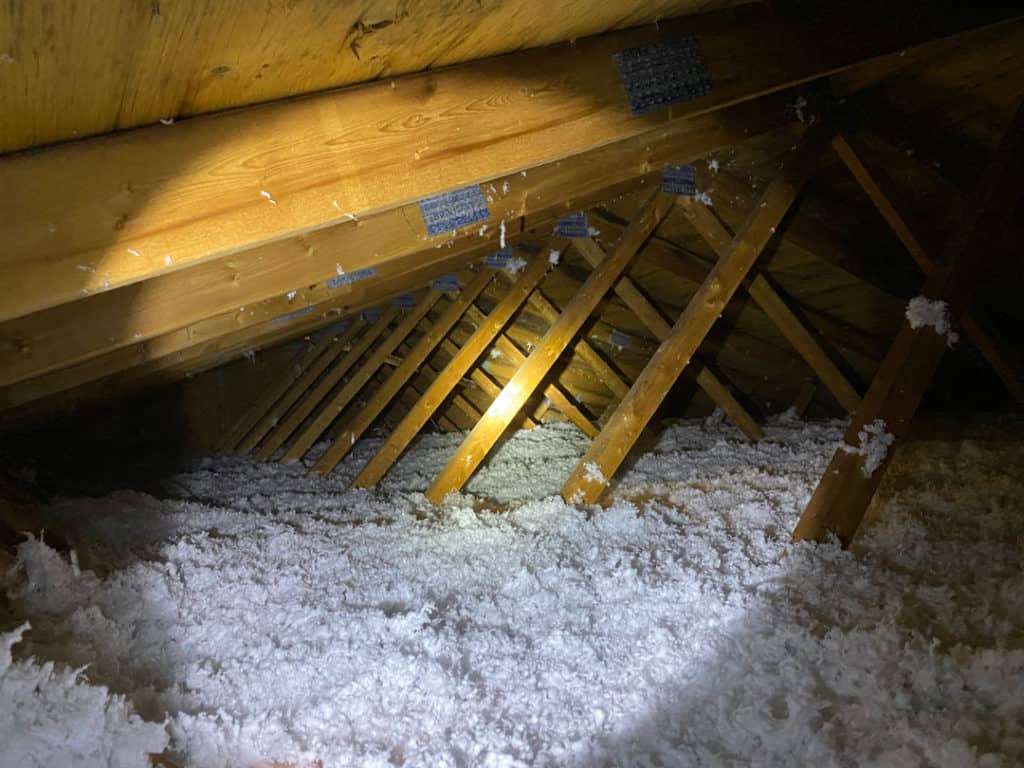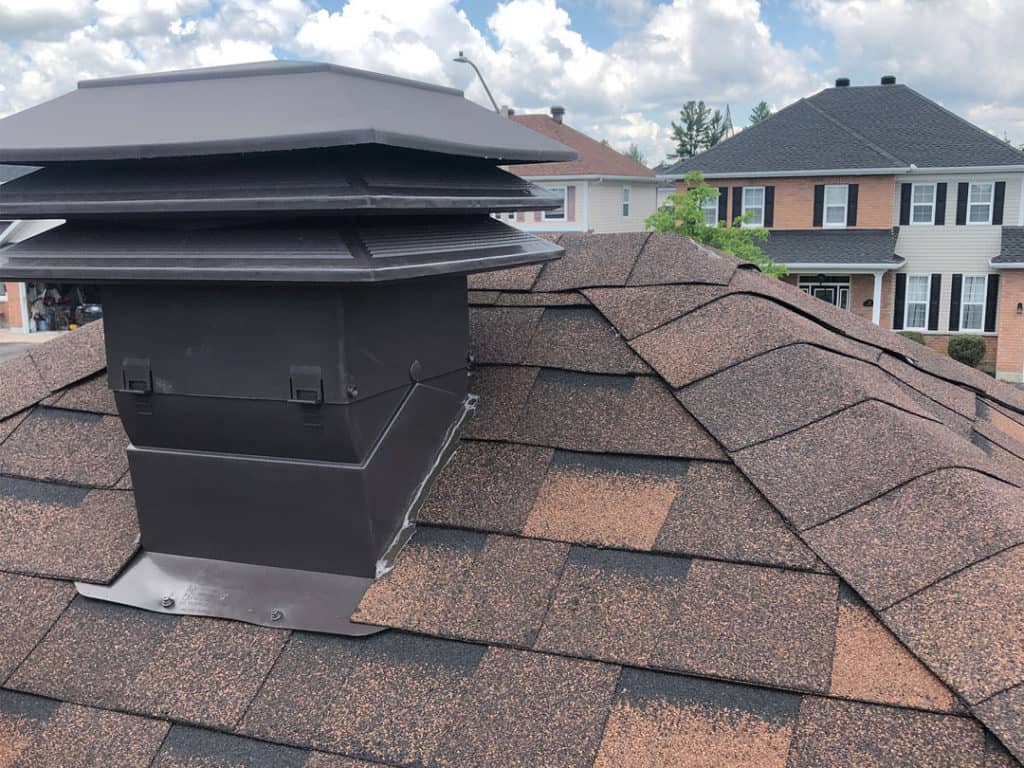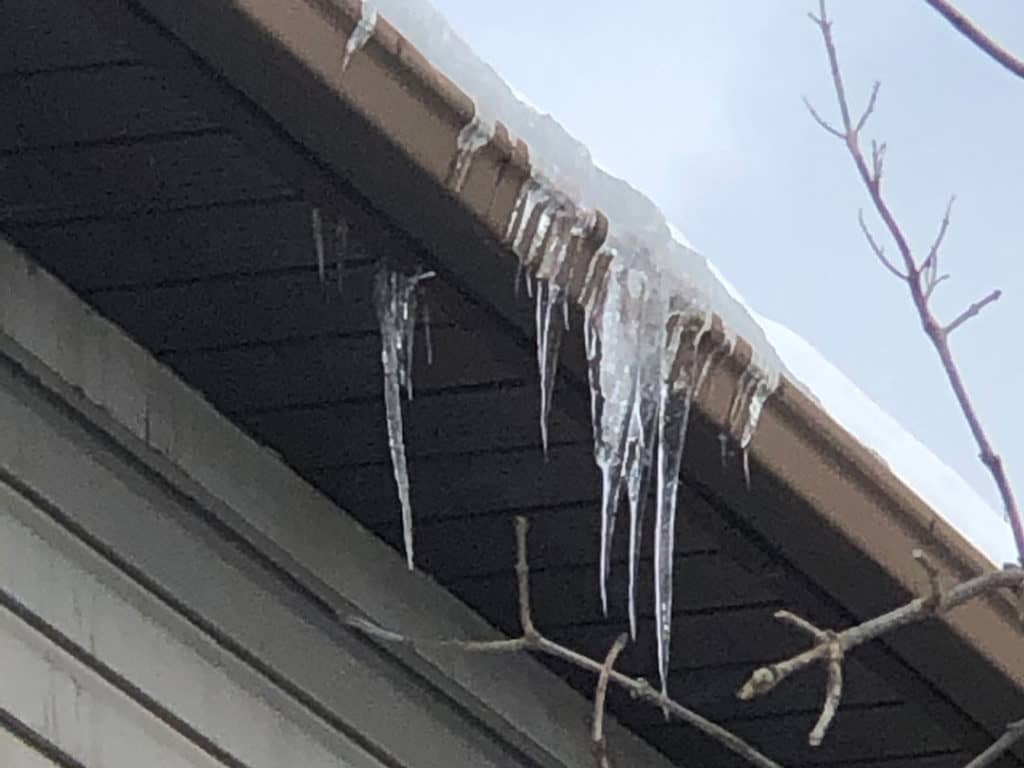…and what to expect from a quality installer.
One of the most popular questions we get asked by Ottawa homeowners is, “How do I know if my attic insulation is actually working?”
We get why it’s confusing — it’s out of sight and when inspected by the untrained eye, just looks like a bunch of fluff.
But given that insulation plays a huge role in your home’s temperature control, energy costs, carbon footprint, and overall roof longevity, we believe it’s important for homeowners to know the warning signs of dysfunctional insulation so they can get it fixed before causing more damage and increasing their bills.
Do you feel like you need to layer on the wool sweaters in your home every time the weather gets colder? Or that there’s a substantial temperature difference between each floor in your home? These are common indications that there may be issues with your attic insulation or roofing system. Ready to find out if your insulation is intact? Here are three things you need to look for:
1. Insulation depth and consistency
Pull out the ladder and measuring tape, then peek inside your attic to see how your insulation is currently laid out. It should be evenly distributed with a minimum depth of 18.5 to 20.5 inches (R50 insulation requires approximately 18.5 inches of blown fibreglass and R60 needs 20.5 inches).
If your insulation has less than that or has large discrepancies in the overall spread of the product, this is a key sign it’s not working optimally and needs fixing.
2. State of your soffits and baffles
Soffits are an exterior feature of your roof that protects rafters from weather damage. They reduce moisture from getting in and creating mould or material damage. Baffles, on the other hand, are part of the ventilation system that allow air to enter the attic from the soffits.
Both your soffits and baffles need to be free from blockages so they can “breathe” and properly ventilate the attic, which works in tandem with your attic insulation to maintain a healthy roofing system.
To check the state of your soffits and baffles, climb up inside your attic, turn off your flashlight and look toward the eaves of your roof — what do you see? There should be light coming through each pair of rafters. No light, or limited light, is a sign that your attic needs some TLC.
3. Icicles
If you live in and around Ottawa, you know icicles are a sign of good ol’ winter. But did you know that icicle build-up at the eaves of your roof is also a sign that you likely have a poorly insulated attic and/or rooftop ventilation issues?
When your insulation and ventilation aren’t functioning properly, heat escapes from your home and allows the snow on your roof to melt and refreeze in the form of icicles. This process ultimately reduces the lifespan of your shingles and puts your roof at risk of damage.
If you see any or all of these signs around your home, your best next step is to hire a roofing specialist to fix whichever areas of your attic insulation or ventilation need improvement. But, be warned… not all roofers are created equally!
After 20+ years servicing Ottawa homes, we’ve seen the good, the bad, and the ugly of the roofing industry and can confidently share with you what to expect from an installer you can trust.
For starters, any reputable roofer will always complete a thorough inspection prior to providing services. While your own diagnosis of the situation helps point us in the right direction, it’s imperative that we inspect the attic insulation ourselves to confirm the root of the problems before getting to work. Why fix what’s not broken?
Once the issues have been clearly identified, here’s a list of what you should expect from your installation process — anything less suggests a lack of care and attention to detail, which matters when it comes to your insulation and ventilation.
- Protective measures for you and your home should be in place immediately. From following COVID protocols to wearing booties and putting down floor runners to furniture protectors, you shouldn’t have to worry about contamination, dirt or damage.
- Attention to airflow. A good installer will clear the soffits and baffles as well as seal the attic hatches with weatherstripping to ensure good circulation.
- Sufficient removal and prep. Expect them to remove any large debris from the attic like wood, old piping, cabling or old shingle material to prep the workspace. Skipping this step will lead to messy work.
- Consistent product application. As explained earlier, depth and consistency are crucial for insulation efficacy. Make sure your installer uses proper measurement and ensures all nooks and crannies are filled up so that the fibreglass wool is applied evenly.
- Thorough clean up. Your space should be swept and left sparkling clean. Leftover dust and debris is not part of the deal!
At the end of the day, you want your insulation and ventilation to be done properly the first time so it lasts. When installed correctly, you shouldn’t have to touch it again! However, a poor job can cost you double in the long run.
If you’re ready to re-do your insulation or ventilation, consider doing it before the snowy season hits so you can start saving on energy costs immediately and improve the comfort of your home before it gets cold!
We’re here to help. Book a free consultation with us today.






